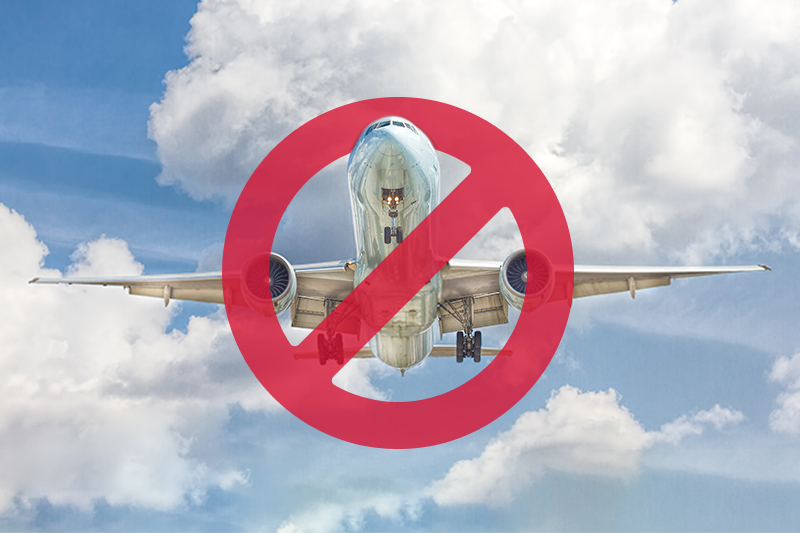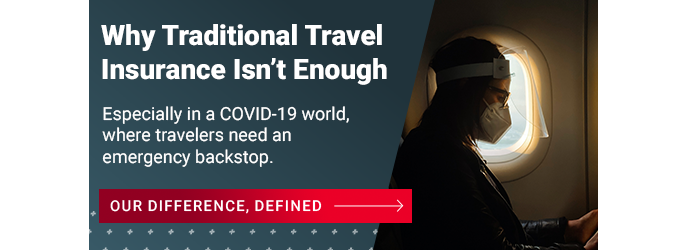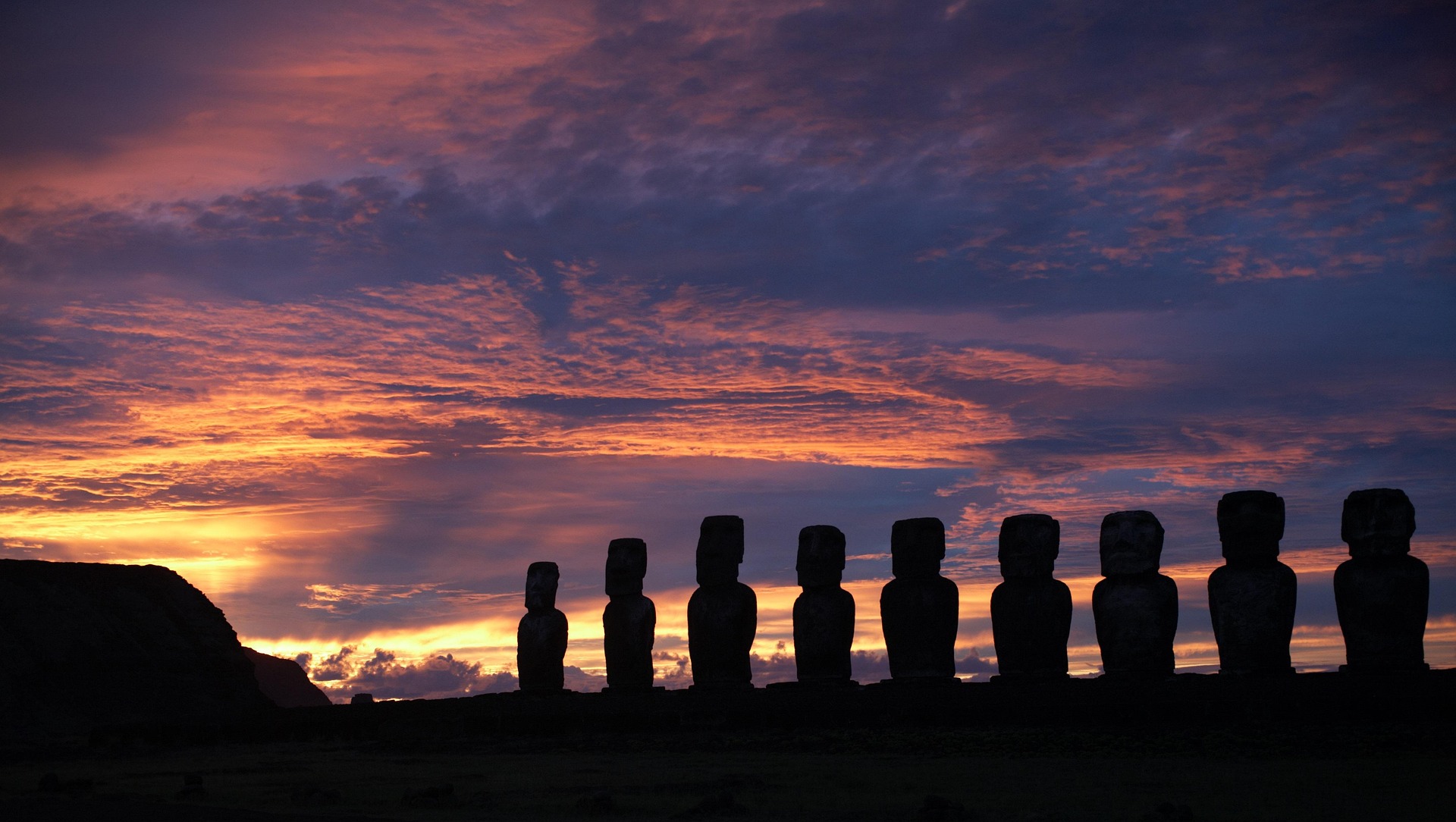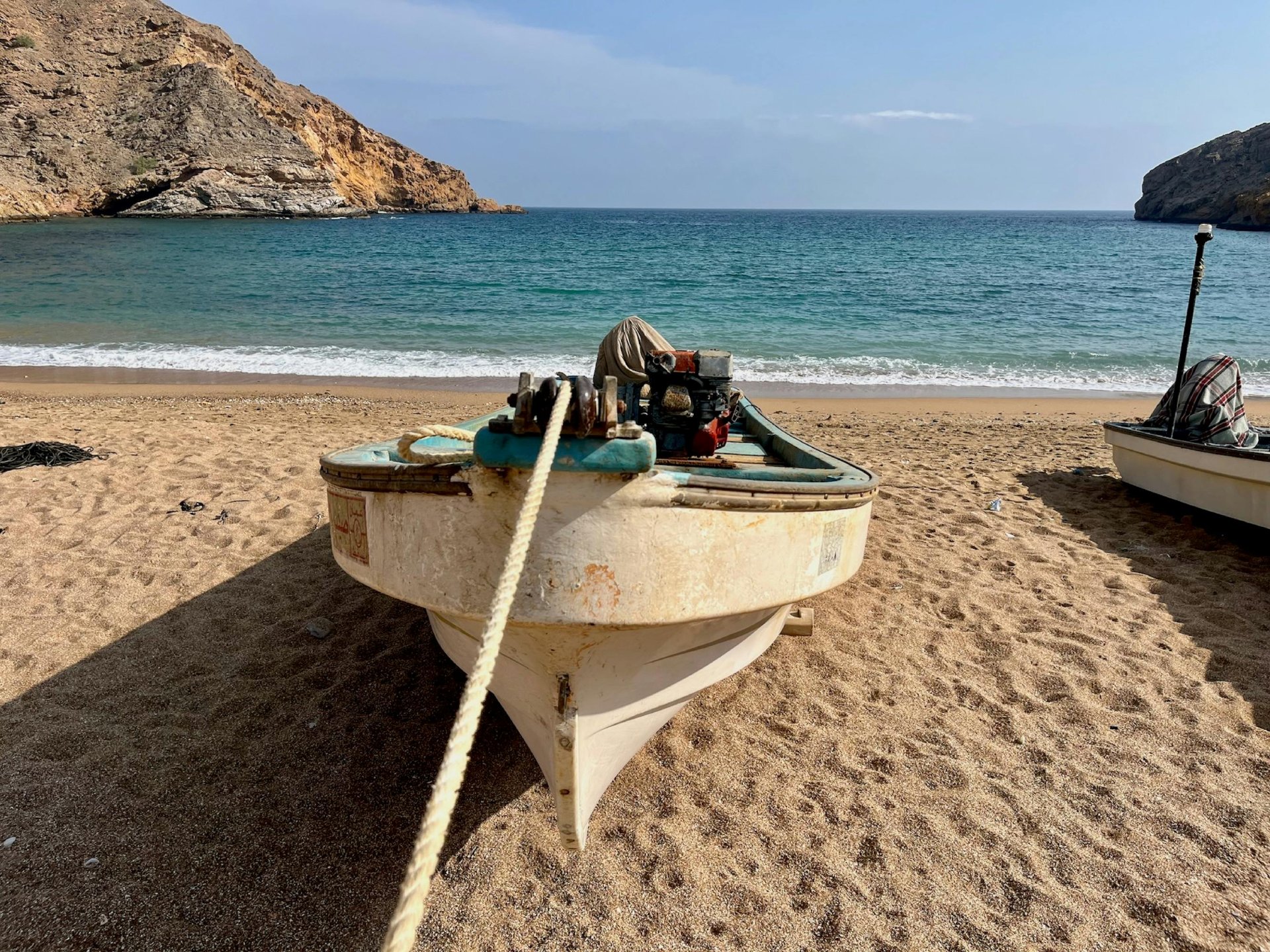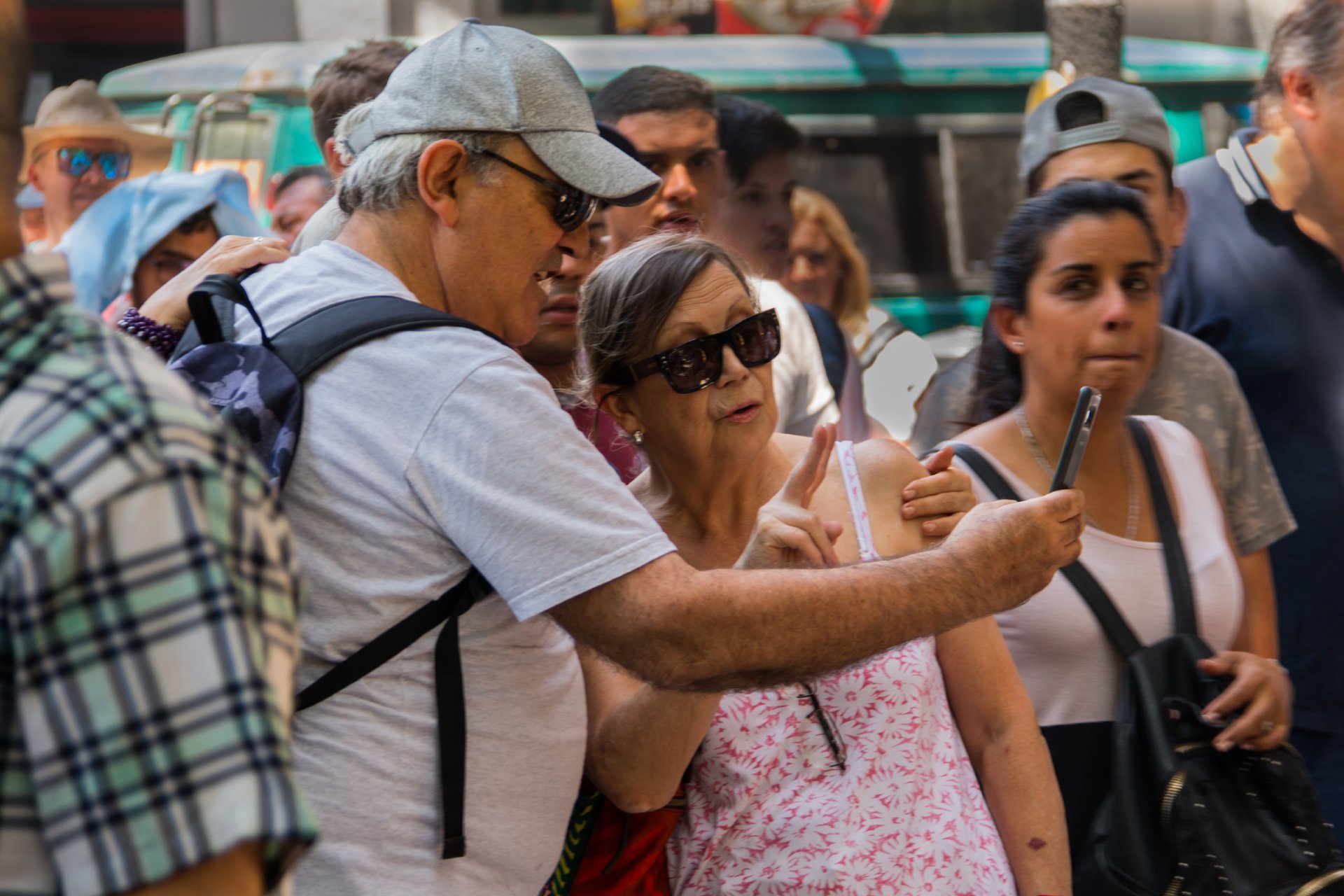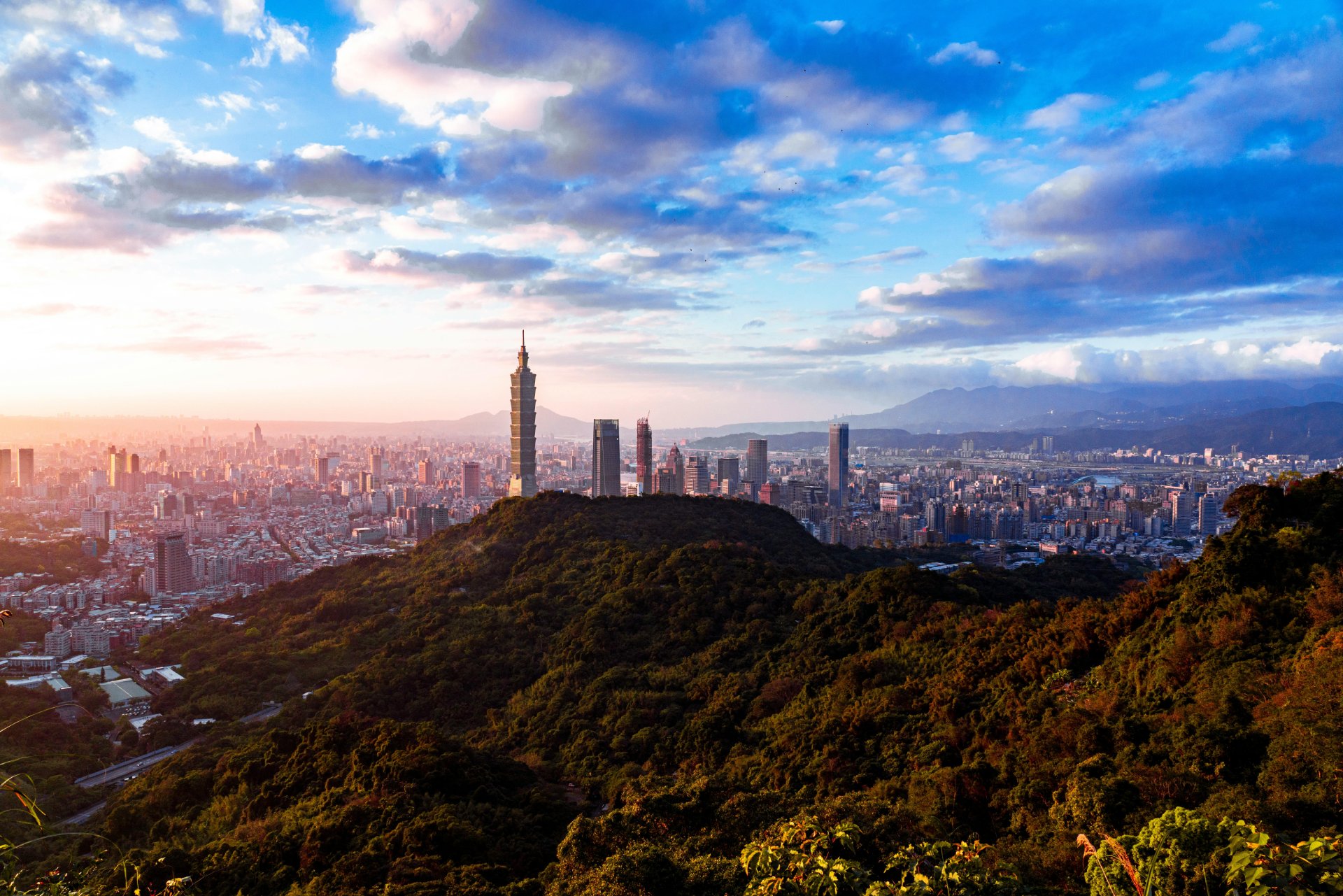What does “Do Not Travel” really mean? That’s what a well-traveled customer asked Global Rescue recently.
“I just checked the ‘Do Not Travel’ list. Basically the entire world has been put on a ‘Do Not Travel’ advisory. A few countries, like Sierra Leone, are not on this ‘Do Not Travel’ list, whereas countries like Switzerland and Antarctica are. I am not quite sure who makes this confusing ‘Do Not Travel’ list. Sierra Leone is a country with high crime and high levels of civil unrest, which you can’t really say of Switzerland. How would Global Rescue’s product fit into this unpleasant global blanket of ‘Do Not Travel’?”
Global Rescue’s Perspective
It’s a valid question, and one we’ve been hearing more and more with the rise of omicron and other variants. What takes precedence when making travel plans: security risks, health risks, coronavirus risks, or a combination? And what warnings do you follow: The Department of State (DoS), the Centers for Disease Control and Prevention (CDC), the country’s consular warnings or Global Rescue?
Here’s what travelers need to know about “do not travel” warnings according to Global Rescue travel experts from three departments — intelligence, operations and member services. We break down who is doing the warning, how to balance the information, and how Global Rescue creates its travel warnings.
Who Does The Warning?
The Department of State, established in 1789, is responsible for the nation’s foreign policy and international relations. To maintain diplomatic relations with 180 countries, the Department of State compiles and analyzes reports from overseas, provides logistical support to diplomatic posts, and issues passports and travel warnings. Travelers can access safety and security information about every country in the world on their website: travel.state.gov.
Understanding CDC Travel Health Notices
The CDC also offers Travel Health Notices and, more specifically, COVID-19 Travel Recommendations by Destination. Travel Health Notices, which have four levels of warning, inform travelers and clinicians about current health issues that impact travelers’ health — disease outbreaks, special events or gatherings, and natural disasters — in destinations around the world. The COVID-19 Travel Recommendations, with four levels of warning, are based on the number of COVID-19 cases in a destination.
“CDC risk levels and DoS Travel Advisories are not the same thing, although they sometimes match and they sometimes don’t,” said Kent Webber, senior manager of Intelligence Products and Services at Global Rescue. “There was a movement at the peak of the pandemic to synchronize the two, but this appears to be reverting back to separate ratings as merited.”
How Should Travelers Balance Warnings?
You’re researching your travel destination, say Kyrgyzstan, and you’re finding conflicting answers about the area’s safety. The CDC gives the country a Level 1 (Low Level of COVID-19) Warning — as does the state department (Exercise Normal Precautions). Dig a little deeper and the U.S. Embassy of The Kyrgyz Republic notes the country’s medical services have struggled to provide adequate care for serious cases of COVID-19.
As you investigate the security risks of Kyrgyzstan, you find muggings are commonplace — and sometimes violent. There’s also tension over the recognition of the Kyrgyz/Tajik border with clashes in May and December 2021, prompting Australia to give Kyrgyzstan a Level 4 Warning. And there could be hidden landmines.
How should travelers balance this safety and security information?
“The answer to this question varies from person to person, what they consider is important and what affects them most,” said David Koo, associate director of Operations at Global Rescue. “Personally, I evaluate security risk first, then health risk. Why? I can take measures to mitigate personal health risks — not interacting with stray dogs or cats so I don’t get bitten — unlike taking a trip to a high-security risk area where I cannot control external factors like the location, timing or actions of the perpetrators.”
As for COVID-19, you can’t avoid it, but you can reduce your risk of getting infected. Koo suggests following standard safety protocols — wearing face masks in public or crowded places, maintaining social distancing and practicing good personal hygiene — and consider vaccination in order to travel safely.
“The COVID health alerts will also alert you to travel restrictions,” he said. “This will help you adjust your trip plans.”
Global Rescue Looks at the Big Picture

Global Rescue has a team of intelligence experts researching travel destinations and tracking possible health and security risks 24/7/365. The team culls information from a variety of global sources: news outlets, social media feeds, individual government alerts, Department of State and CDC health alerts, nature newsletters, global organizations, podcasts, broadcasts and blogs.
“It seems like rating countries should be an easy process but it’s not. We have the same difficulties with Global Rescue country ratings where we try to quantify health and security risks to come up with an overall risk,” Webber said. “Is it an art or science? Does one type of risk (or one of its components) weigh more than another? Is it the relationship between components constant or relative? At what point does medical supersede security or visa-versa?”
[Related Reading: Survey: Revenge Travel Continues Despite War; Riskier, Immersive Trips Increase]
There is no perfect solution, but members benefit from Global Rescue’s deep dive into all sources of travel information and on-the-ground travel experience to determine the big picture of a destination’s risk.
“It’s best to avoid reliance on a single source of information. It’s better to try and balance several sources to reach our own conclusions,” Webber said. “At Global Rescue, we try to come up with a defensible, logical conclusion so our customers don’t have to.”
The Global Rescue Intelligence Team adds another important layer of detail to their extensive research: The information isn’t one size fits all; it is context-based. So what may be considered an extreme safety threat in one country — civil unrest with protests and demonstrations — may not be so unusual in another country.
Even after you’ve researched and selected your destination, Global Rescue keeps travel risk information at your fingertips. You can set up real-time alerts to keep you apprised of any health or safety issues while you are on your trip.
What Does a Global Rescue Membership Cover?
“Medical advisory and evacuation services are available regardless of the travel advisories,” said Danielle Ferguson, manager of Member Services at Global Rescue.
The Do Not Travel warnings come into play if members have added security to their membership.
“If you are ill or injured in a Do Not Travel country, Global Rescue will still arrange and pay for a medical evacuation as the Do Not Travel restrictions only apply for security evacuations,” Ferguson said. “If someone travels an area rated Do Not Travel by the U.S. State Department, and has a security membership, Global Rescue can still arrange for an evacuation, however, the member is responsible for the cost.”
The Global Rescue Advantage
Global Rescue members are always able to access data compiled and evaluated by the intelligence and security teams. From daily event bulletins, monthly destination reports and specific information requests, a Global Rescue travel membership is a perfect way to travel prepared.

